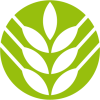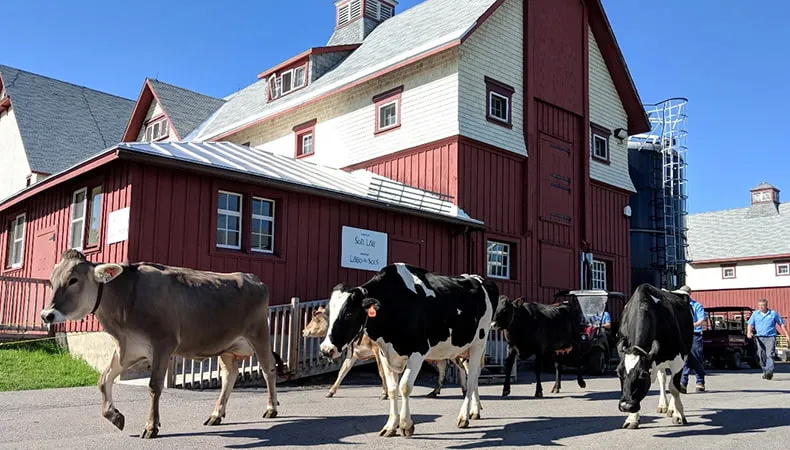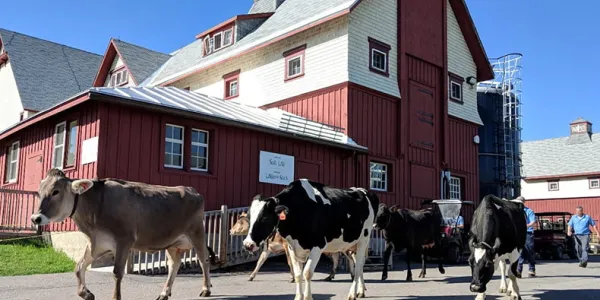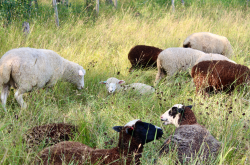Virtual tour: Explore a Dairy Farm
Looking for a great educational tool to teach students about dairy farming and where food comes from?
This virtual tour offers users exclusive access to rarely-seen areas of the museum, which is a working farm located on a national heritage site. Follow the museum’s herdspeople as they complete their afternoon chores and care for the dairy herd.
READY TO “EXPLORE A DAIRY FARM” AT THE CANADA AGRICULTURE AND FOOD MUSEUM?
JUST FOLLOW THESE STEPS:
- Follow this link: https://artsandculture.google.com/story/LQVxoz13ySn6lQ
OR
- Visit the Google Arts and Culture website at: artsandculture.google.com
- Type ‘Explore a Dairy Farm’ in the search engine.

















